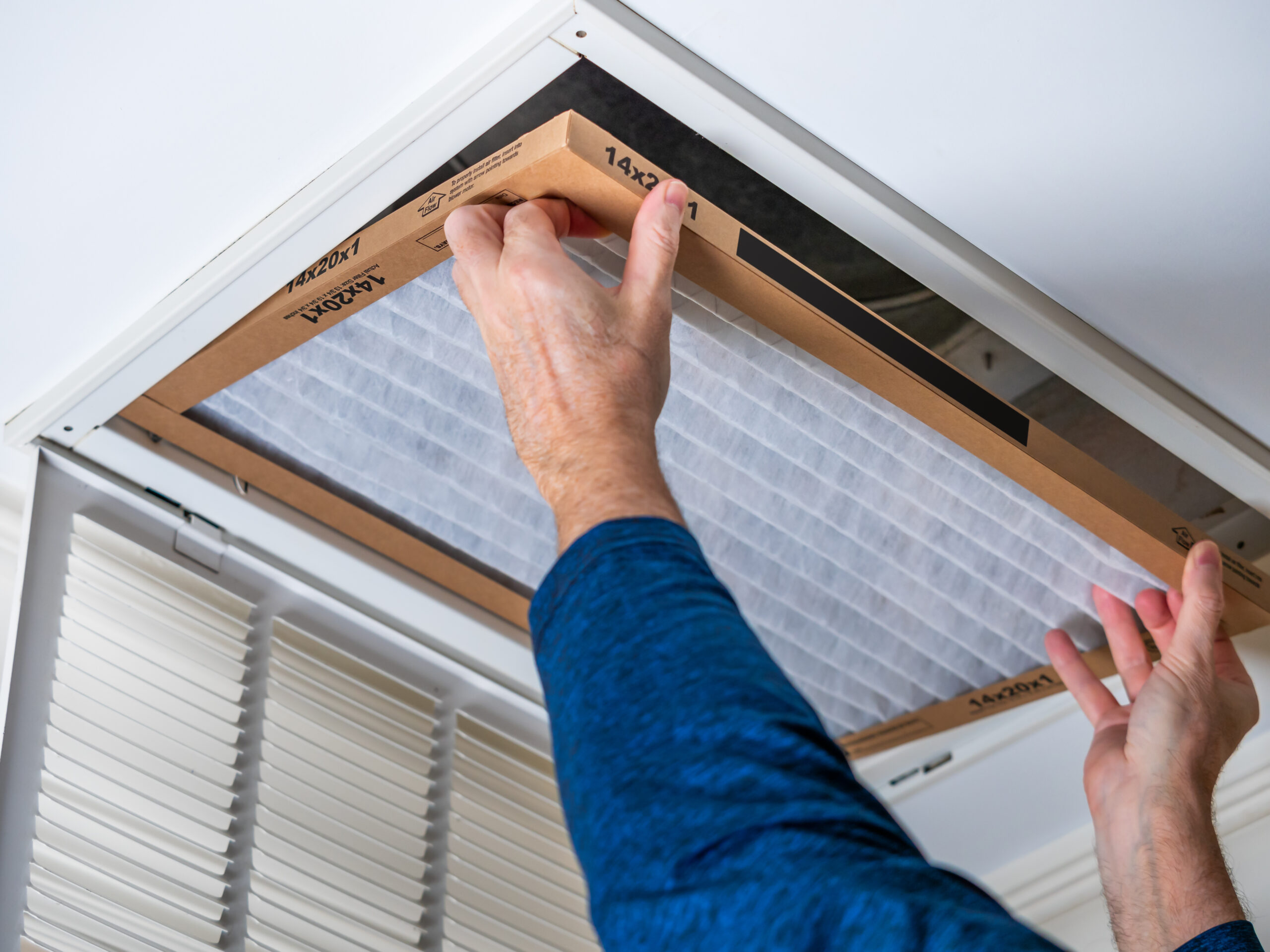
How to change your HVAC filter and why it’s important
Your HVAC system is responsible for keeping your home’s air flowing and at a comfortable temperature.
But in order to keep that air flowing smoothly, it’s important to change your HVAC filter regularly. In this blog post, we’ll go over why changing your HVAC filter is so important and how you can do it yourself.
First off, let’s talk about why you need to change your HVAC filter.
The primary function of your HVAC filter is to catch dust, dirt, and other particles in the air before they get sucked into your HVAC system.
Over time, those particles can accumulate and clog up the filter, making it harder for air to pass through. This can cause a few different problems:
-
- Reduced airflow: If your filter is clogged, it can’t allow as much air to pass through. This means your HVAC system will have to work harder to push air through, which can end up costing you more money in energy bills.
- Poor air quality: When your filter is clogged with dirt and dust, it can’t effectively clean the air that passes through it. This means your home’s air quality may suffer, which can be especially problematic for people with allergies, asthma, or other respiratory issues.
- Overworked HVAC system: If your HVAC system has to work harder to push air through a clogged filter, it can put extra strain on the system overall. This can lead to breakdowns and costly repairs down the line.
So, how often should you change your HVAC filter? The answer depends on a few factors, such as the type of filter you have and how often you use your HVAC system. As a general rule of thumb, it’s a good idea to change your filter every three months. However, if you have pets or someone in your home has allergies or respiratory issues, you may need to change your filter more often.
Now, let’s talk about how to change your HVAC filter. Here are the steps to follow:
Step 1: Locate your filter. Your HVAC filter is usually located somewhere in the return air duct, which is where air is drawn into the system. It may be behind a grille, in a slot on the side of your furnace or air handler, or in a special compartment.
Step 2: Turn off your HVAC system. Before you start messing with the filter, make sure to turn off your HVAC system so you don’t accidentally damage anything or hurt yourself.
Step 3: Remove the old filter. Depending on the type of filter you have, you may need to unscrew a cover or use a latch to release the filter. Once you have the old filter out, inspect it for damage or excessive dirt and dust.
Step 4: Install the new filter. Make sure to install the new filter in the same orientation as the old one (the arrow on the filter should point in the direction of airflow). Follow any instructions that come with the filter, such as how to properly install it in a special slot or compartment.
Step 5: Turn your HVAC system back on. Once you’ve installed the new filter, you’re good to go! Turn your HVAC system back on and enjoy the smooth airflow and clean air.
In conclusion, changing your HVAC filter regularly is an important part of maintaining your HVAC system and keeping your home’s air clean and comfortable. By following these simple steps, you can make sure your filter is always in good condition and your HVAC system is working as efficiently as possible.
We are Here to
Help You & Your
Business
NM 87110

